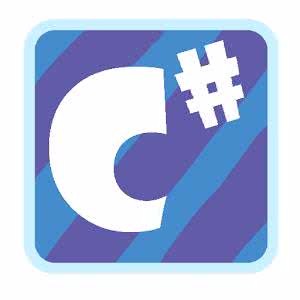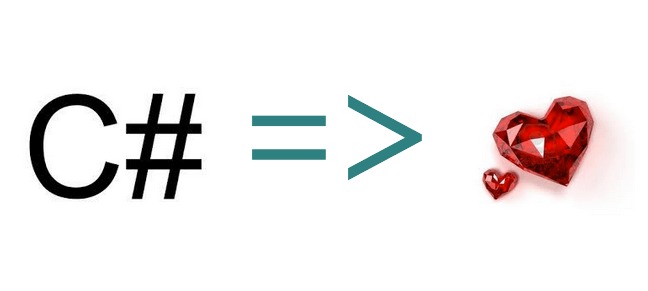
In order to describe the problem clearly, let's first look at an example. In this example, there is a button on the WinForm. When the user clicks the button, an existing Assembly will be loaded, and the FullName of the Assembly will be displayed on the Label control of the interface. Friends who are slightly familiar with Reflection know that this is a very simple thing. You only need to use the Assembly.LoadFile method to obtain the Assembly, and then use the FullName attribute to display it. For example, the following code: private void button1_Click(object sender, EventArgs e ) { Assembly assembly = Assembly.LoadFile(@"C:\t
1. Summary of the points to note about loading and unloading

Introduction: In order to describe the problem clearly, let's look at an example. In this example, there is a button on the WinForm. When the user clicks the button, it will be loaded. An existing Assembly, and the FullName of the Assembly is displayed on the Label control of the interface. Friends who are slightly familiar with Reflection know that this is a very simple matter. You only need to use the Assembly.LoadFile method to obtain the Assembly, and then use the FullName. Properties can be displayed, such as the following...
2. Recommended 10 AppDomain source codes (collection)

Introduction: In order to describe the problem clearly, let's look at an example. In this example, there is a button on the WinForm. When the user clicks the button, An existing Assembly will be loaded, and the FullName of the Assembly will be displayed on the Label control of the interface. Friends who are slightly familiar with Reflection know that this is a very simple matter. You only need to use the Assembly.LoadFile method to obtain the Assembly, and then Just use the FullName attribute to display it, such as the following...
3. Detailed explanation of the dynamic loading and unloading code of AppDomain and Assembly

Introduction: In order to describe the problem clearly, let's first look at an example. In this example, there is a button on the WinForm. When the user clicks this. After pressing the button, an existing Assembly will be loaded, and the FullName of the Assembly will be displayed on the Label control of the interface. Friends who are slightly familiar with Reflection know that this is a very simple matter, just use the Assembly.LoadFile method. Get the Assembly, and then use the FullName attribute to display it, such as the following
4. C# Detailed sample code for Label control with scroll bar

Introduction: C# Label control with scroll bar, it still flickers a bit when selected with the mouse: namespace Label control with scroll bar{ public class textboxlabel: System.Windows.Forms.textbox {[dllimport (user32, entrypoint = hideCaret)] Private Static EL control's InnerHtml or innerText value?
【Related Q&A recommendations】:
The above is the detailed content of 10 recommended content for Label control. For more information, please follow other related articles on the PHP Chinese website!




